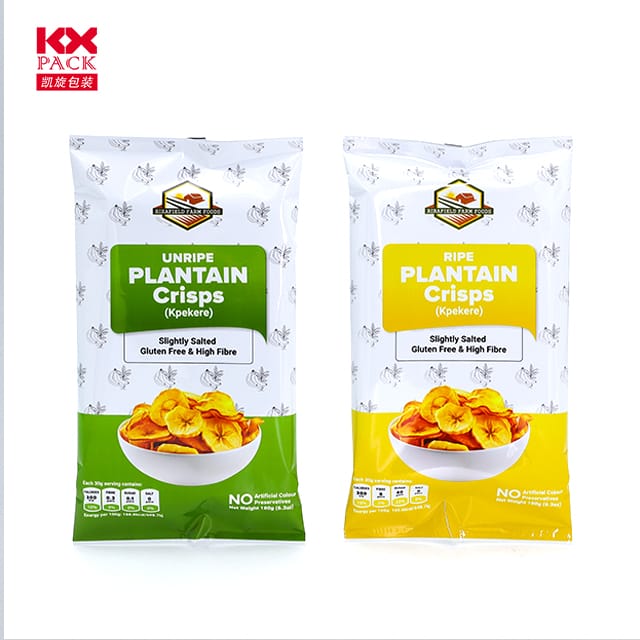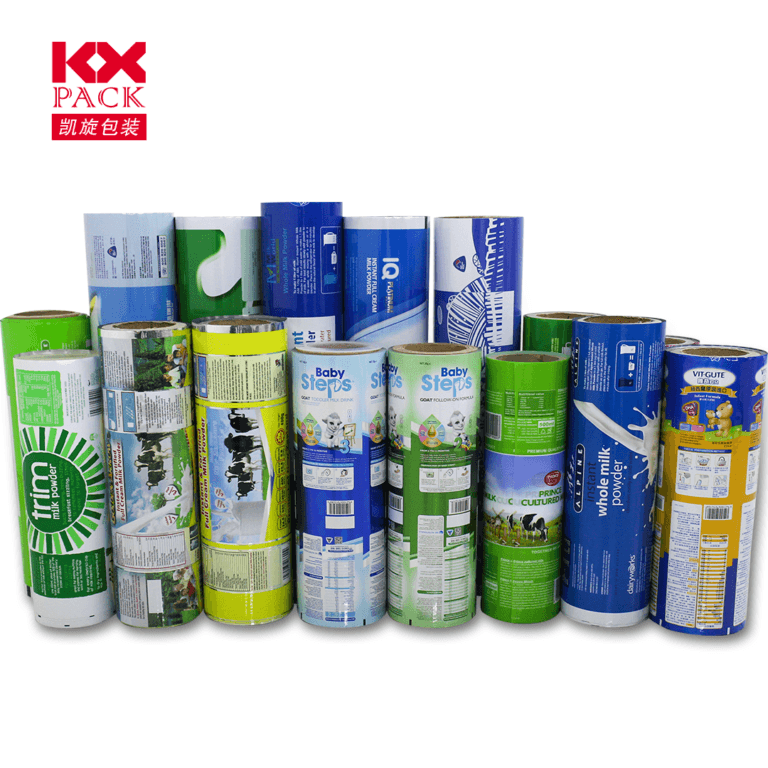The Evolution and Impact of Flexible Films in Food Packaging: A Sustainable Revolution(3)
סרטים גמישים
In today’s fast-paced world, food packaging is no longer just about containment—it’s a science that balances preservation, נוֹחוּת, וקיימות. Among the innovations driving this transformation, סרטים גמישים have emerged as a game-changer in food packaging. קַל מִשְׁקָל, רַב צְדָדִי, and adaptable, these materials are reshaping how we protect, תַחְבּוּרָה, and consume food. Let’s dive into why flexible films are revolutionizing the industry and what their future holds.
What Are Flexible Films?
Flexible films are thin, pliable materials made from polymers like polyethylene (פ), פוליפרופילן (עמ'), פּוֹלִיאֶסטֶר (חיית מחמד), and biodegradable alternatives such as PLA (חומצה פולילקטית). These films can be laminated, coated, or printed to create packaging solutions tailored for specific food products—from snacks and fresh produce to frozen meals and beverages.
Their key advantages? Lightweight construction reduces shipping emissions, customizable barrier properties extend shelf life, וflexibility allows for efficient use of space in packaging designs.
Why Are Flexible Films Dominating Food Packaging?
- Enhanced Shelf Life
Flexible films can be engineered with oxygen, לַחוּת, and light barriers to prevent spoilage. לדוגמה, high-barrier laminates keep coffee fresh, while modified atmosphere packaging (מַפָּה) films extend the shelf life of meat and cheese. - Sustainability Gains
Traditional rigid packaging often uses more material and generates higher waste. Flexible films, by contrast, require fewer resources to produce and transport. בנוסף, advancements in recyclable and compostable films (לְמָשָׁל., bio-based PLA or mono-material PE structures) are reducing plastic pollution. - נוֹחוּת & חדשנות
Resealable zippers, easy-tear openings, and stand-up pouches make flexible packaging consumer-friendly. Brands like snack companies and ready-meal producers leverage these features to enhance user experience. - יעילות עלות
Lighter materials mean lower shipping costs, and the ability to form-fill-seal (FFS) on high-speed machinery boosts production efficiency.
אתגרים & הדרך קדימה
למרות היתרונות שלהם, flexible films face hurdles:
- Recyclability Complexity: למינציה רב שכבתית (לְמָשָׁל., PET/AL/PE) are hard to recycle.
- Consumer Perception: Some still associate plastics with waste, even if innovations like chemical recycling or compostable films exist.
Solutions on the Horizon:
- Mono-Material Structures: Using a single polymer type (לְמָשָׁל., all-PE pouches) improves recyclability.
- סרטים מתכלים: Made from renewable resources, these break down naturally, though scalability remains a challenge.
- אריזה חכמה: Integrating sensors or QR codes into films to track freshness and reduce waste.
The Future is Flexible
The global flexible packaging market is projected to reach$250 מיליארד על ידי 2028, driven by e-commerce growth and sustainability mandates. Brands are increasingly prioritizingcircular design—creating packaging that’s recyclable, reusable, or compostable by design.
As consumers demand eco-friendly options without sacrificing convenience, flexible films will play a pivotal role in bridging the gap. The next frontier? חידושים כמוedible films (מיוצר מאצות או עמילן) אוֹself-healing materials that further minimize waste.
סיכום
Flexible films are more than just packaging—they’re a testament to human ingenuity in solving modern challenges. By balancing functionality, קיימות, and affordability, they’re not just protecting food but also our planet. ככל שהטכנולוגיה מתקדמת, one thing is clear: the future of food packaging is flexible, and it’s here to stay.
What’s your take on flexible films? שתף את המחשבות שלך בתגובות למטה! 🌱🍱
מילות מפתח: סרטים גמישים, אריזת אוכל, קיימות, חיי מדף, מתכלה, ניתן למחזור, כלכלה מעגלית







